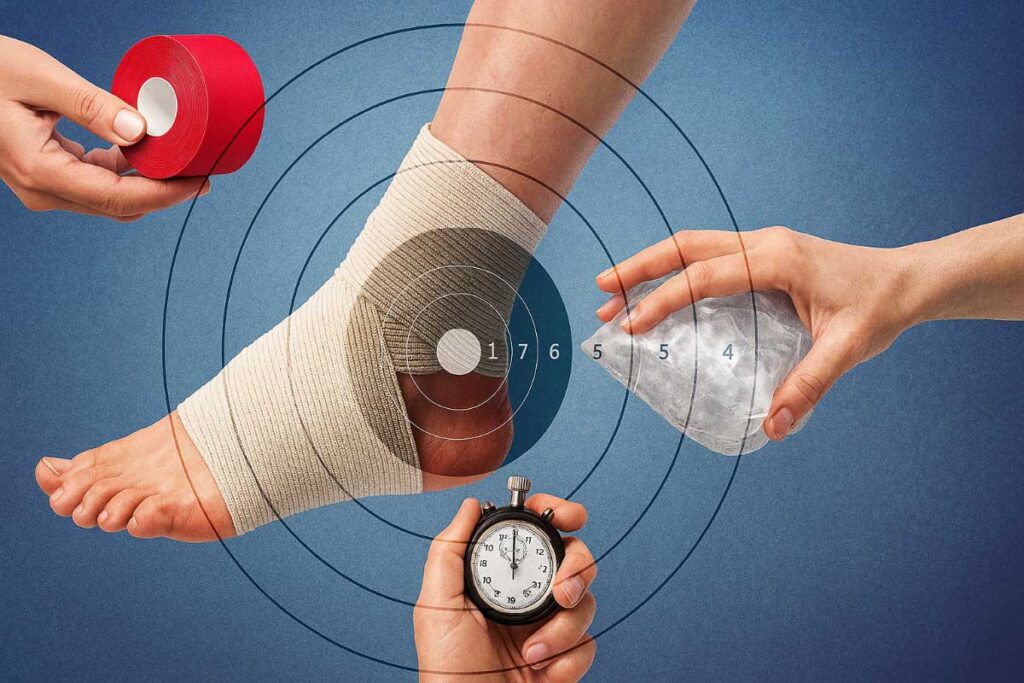When we watch professional athletes perform jaw-dropping feats of strength, speed, and endurance, it’s easy to focus solely on their physical prowess and skill. But behind every spectacular performance lies a critical component that often goes unnoticed: recovery. Pro athletes know that recovery isn’t just a luxury or downtime, it’s an essential part of their training regimen that directly influences their performance, longevity, and overall health. Here’s what they know about recovery that most people don’t.
Recovery is a Science, Not an Afterthought
For many casual fitness enthusiasts, recovery means taking a day off or stretching a bit after a workout. For pros, it’s a carefully orchestrated science. They understand that muscles, tendons, and ligaments need time to repair micro-tears caused by intense training. But more than that, they know the nervous system, hormonal balance, and mental state also need attention. This is why recovery protocols are personalized, monitored, and often incorporate cutting-edge techniques.
Active Recovery Trumps Complete Rest
Contrary to popular belief, complete rest isn’t always the best way to recover. Pro athletes use “active recovery” low-intensity exercises like swimming, cycling, or yoga to increase blood flow and promote healing without adding strain. This keeps the body moving and helps flush out metabolic waste that builds up after intense workouts.
Nutrition is Part of Recovery
What pro athletes eat post-workout isn’t random. They carefully time their intake of proteins, carbohydrates, and fats to optimize muscle repair and replenish glycogen stores. Hydration, electrolytes, and even specific supplements tailored to their needs ensure their bodies have everything required to bounce back quickly. Many also consult nutritionists and dietitians to fine-tune their recovery diet.
Sleep is Non-Negotiable
No amount of training or therapy can substitute for quality sleep. Professional athletes prioritize sleep as much as training itself. During deep sleep phases, the body releases growth hormones crucial for muscle repair and immune function. Sleep also helps consolidate memory and mental sharpness, essential for strategic sports. Most pros aim for 8 to 10 hours of restful sleep per night, often incorporating naps during the day.
Cutting-Edge Recovery Techniques
Top athletes have access to recovery methods most amateurs don’t. Techniques like cryotherapy, infrared saunas, compression therapy, and massage are regularly used to reduce inflammation, improve circulation, and relieve muscle tension.
One of the most advanced approaches gaining traction is stem cell sports recovery. This innovative therapy uses the body’s own regenerative cells to accelerate healing of injured tissues and reduce inflammation, allowing athletes to return to their peak performance faster and with less risk of long-term damage. Stem cell treatments are proving to be a game-changer in professional sports medicine, offering hope for quicker recovery times and enhanced durability.
Mental Recovery is Equally Important
Professional athletes also invest time in mental recovery. Techniques such as meditation, visualization, and breathing exercises help reduce stress and improve focus. Managing the psychological toll of competition ensures athletes remain motivated and mentally resilient, which is vital during grueling training cycles and high-pressure events.
Consistency and Monitoring
Pro athletes don’t just recover occasionally, they recover consistently. Their routines are data-driven, with wearable technology tracking sleep, heart rate variability, and muscle fatigue. Coaches, trainers, and medical teams adjust recovery plans based on these insights, ensuring that athletes are neither under-recovered nor overtrained.
What You Can Learn from Pro Athletes
While most of us don’t have the luxury of daily sports science teams, adopting even a few principles can transform your recovery. Prioritize sleep, maintain balanced nutrition, incorporate light active recovery days, and explore innovative therapies if you’re dealing with persistent injuries. If you’re serious about sports or fitness, consider learning more about cutting-edge options like stem cell sports recovery to support your body’s healing process.
In the end, what separates pro athletes is not just their training intensity but their respect for recovery. They understand that recovery is where true progress happens, repairing, rebuilding, and preparing the body to perform at its best again. Embracing that mindset could be the key to unlocking your own next-level performance.






